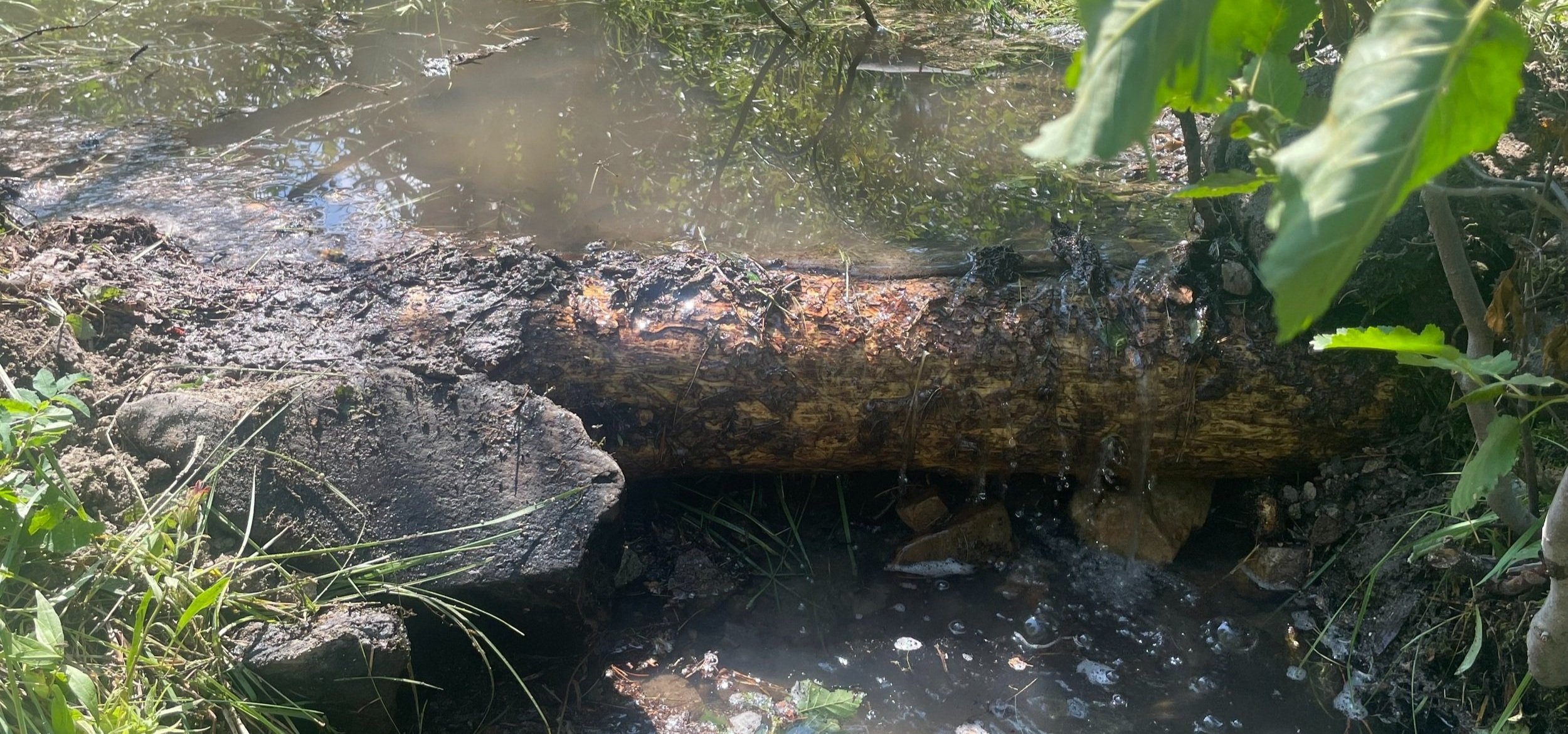
Mount Haggin Low-Tech Process-Based Restoration
Big Hole Watershed Committee, Divide, MT
Starting in the late 1880s, aerial emissions from smelting activities in Anaconda released hazardous substances that led to large-scale vegetation loss and soil erosion from upland slopes of the Mount Haggin Wildlife Management Area. Erosion events have carved large gullies which deliver sediment to downstream waterways and have resulted in elevated copper concentrations in Mill and California Creeks. The remedy/restoration work has consisted of hand-installed and mechanized sediment capture and revegetation techniques to address the EPA’s requirements to reduce copper loading in Mt Haggin watershed. The EPA signed off on the completed remedy for this site in March 2023.
The purpose of the Cabbage Gulch Restoration Project has been to install simple, cost-effective, hand-built structures that will help kickstart ecological processes through process-based restoration. In the long-term, this project aims to improve stream function and both instream and riparian habitat conditions by trapping sediment and aggrading the deeply incised stream channel, allowing for more natural hydrologic processes, specifically increasing groundwater storage and reducing the depth to the water table. Secondary and longer-term goals include allowing high flows to access the floodplain, which supports natural water retention on the landscape and restoring proper vegetation composition/communities in the degraded riparian areas.
To date, we have built 200 BDAs, 100 log-step pools, and 100 gully slash filters. We will continue these efforts for years to come.








